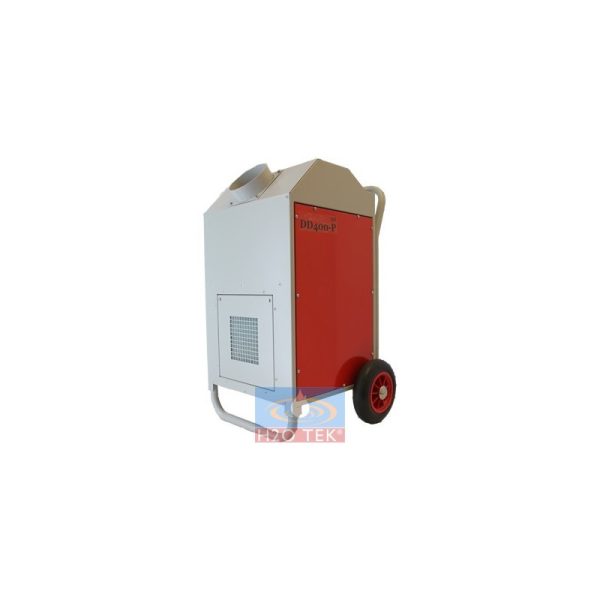 A dehumidifier is a device that reduces humidity in the environment.
A dehumidifier is a device that reduces humidity in the environment.
Dehumidifiers at home help prevent the generation of mold and fungus growth, prevention of allergies, elimination of odors, conservation of furniture, floors and walls, conservation of materials, etc.
Dehumidifiers in the industry have multiple benefits such as avoiding oxidation, controlling the behavior of materials, chemicals, processes or things in general, etc.
Dehumidifiers at home.
Dehumidifiers are essential devices in the home, because they contribute to the reduction of excess humidity found inside houses or offices, in the air, on clothes and in books.
Condensation can cause, in addition to the well-known inconveniences of habitability, serious consequences for health and the environment, especially in the case of older adults and patients with respiratory problems, such as people with COPD (Chronic Obstructive Pulmonary Disease) and asthma. Its function is to remove humidity from spaces, sucking it up and filtering it towards the condenser.
How do they work a dehumidifier?
The dehumidifier condenser operates at low temperatures, because the compressor uses refrigerant gas, which reduces heat levels. This has an effect on the water vapor contained in the air; This liquid is collected in a tank, but it can also escape into a pipe or hose with continuous drainage, thus making the air dry.
The so-called “silica gel” is very effective at low temperatures; For this reason, dehumidifiers are recommended in cold rooms, since they work without a compressor and without refrigerant, so they are not harmful to the environment.
This equipment is specially designed to offer a quick and effective solution to all problems caused by excess humidity in the air, without the need to cause major damage to the structure of a home, because installation costs are minimal, which also involves low maintenance. They are also characterized by working at high capacity in air processing.
